Spotting a potentially dangerous bite from an insect, snake, or spider can be as tricky as navigating a maze in the dark. While most bites lead to nothing more than an itchy bump or a mild scare, some pack a punch powerful enough to be life-threatening. The world of venomous creatures is as fascinating as it is perilous, with each species wielding its own unique brand of danger. Here’s a rundown of 15 deadly bites that you wouldn’t want to experience firsthand.
1. Box Jellyfish Sting
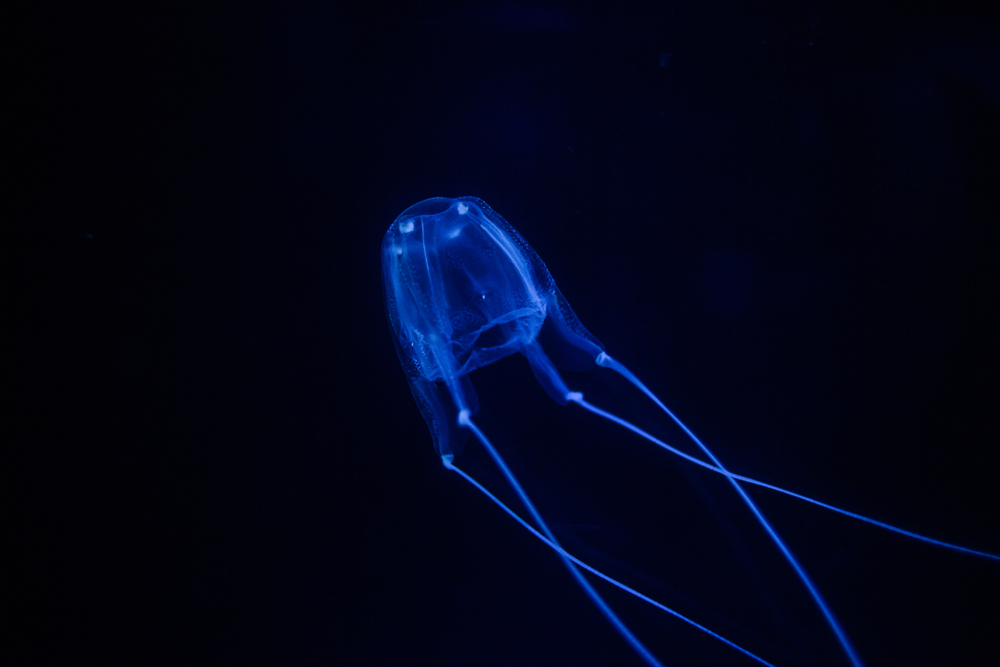
At first glance, the box jellyfish might look like a floating piece of plastic, but its sting is anything but benign. Found mainly in the waters around Northern Australia, this jellyfish sports tentacles loaded with toxins that can stop your heart in minutes. The venom attacks the cardiovascular system, nervous system, and skin cells all at once. The pain is intense, often paralyzing, making swimming to safety nearly impossible. Understanding the seriousness of a box jellyfish sting can mean the difference between life and death, especially in remote waters.
2. Brazilian Wandering Spider Bite
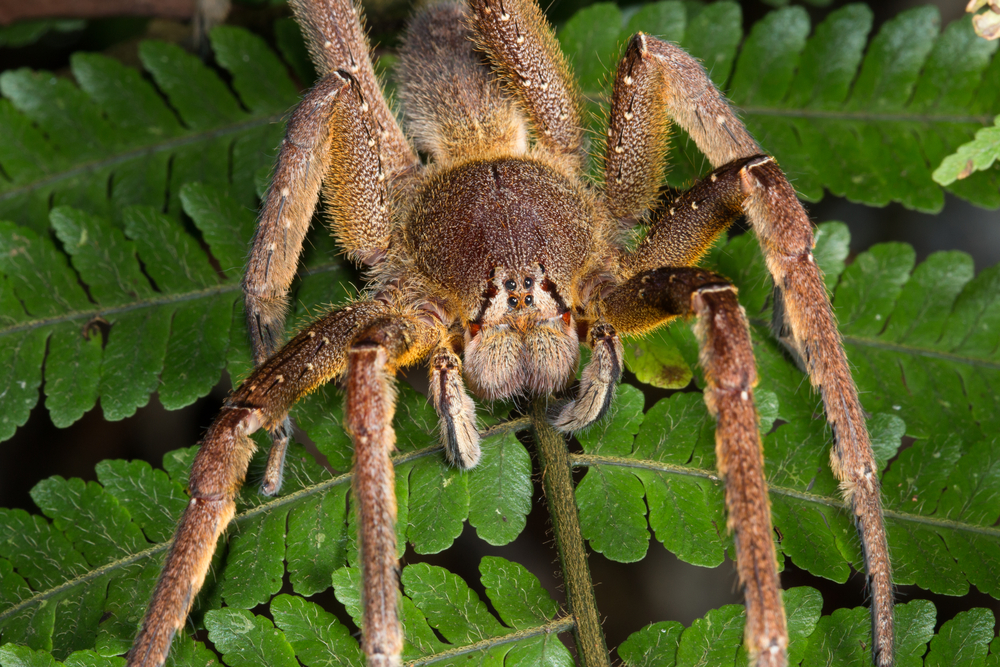
The Brazilian wandering spider isn’t one to be trifled with. Known for its aggressive nature, this spider has venom potent enough to kill an adult human. The venom causes intense pain, muscle paralysis, and breathing difficulties. The initial bite might feel like a sharp pinch, but the symptoms escalate rapidly, making medical intervention crucial. Despite its intimidating reputation, bites resulting in death are rare, thanks to effective antivenoms. Still, stumbling across this arachnid in the dark corners of the Amazon is an adventure best avoided.
3. Stonefish Sting
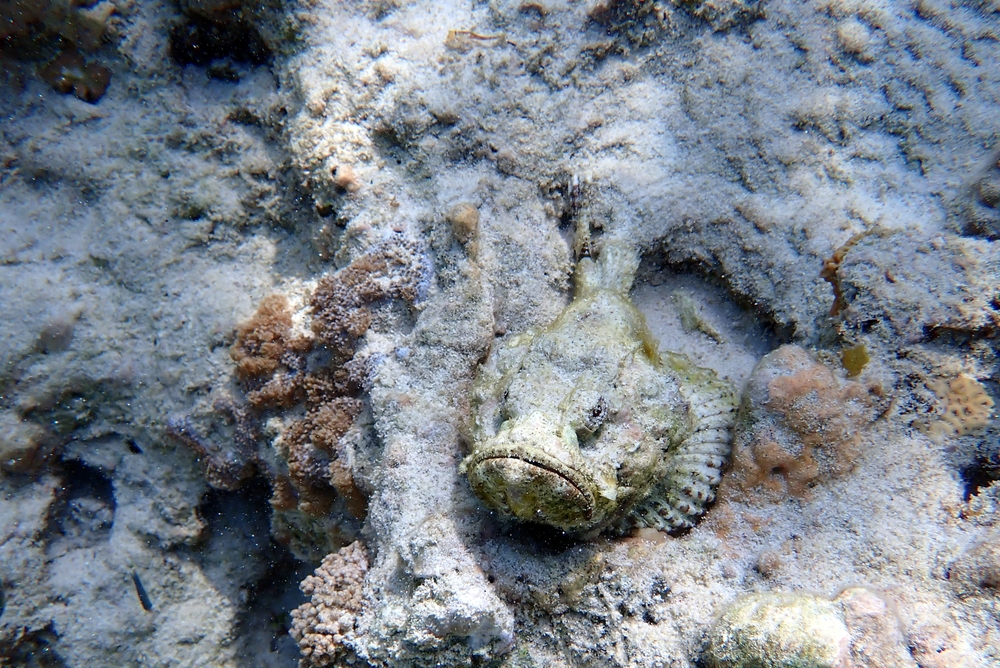
The stonefish is the ultimate master of disguise, blending seamlessly with rocky seabeds. But step on this creature, and you’ll be met with one of the most excruciatingly painful stings known to man. The venom, injected through dorsal fin spines, can cause severe pain, swelling, and even death if untreated. Its toxins affect the heart and nervous system, necessitating immediate medical attention. While antivenom can save lives, prevention is key—watch where you step in the ocean, especially in the Indo-Pacific region.
4. Inland Taipan Bite
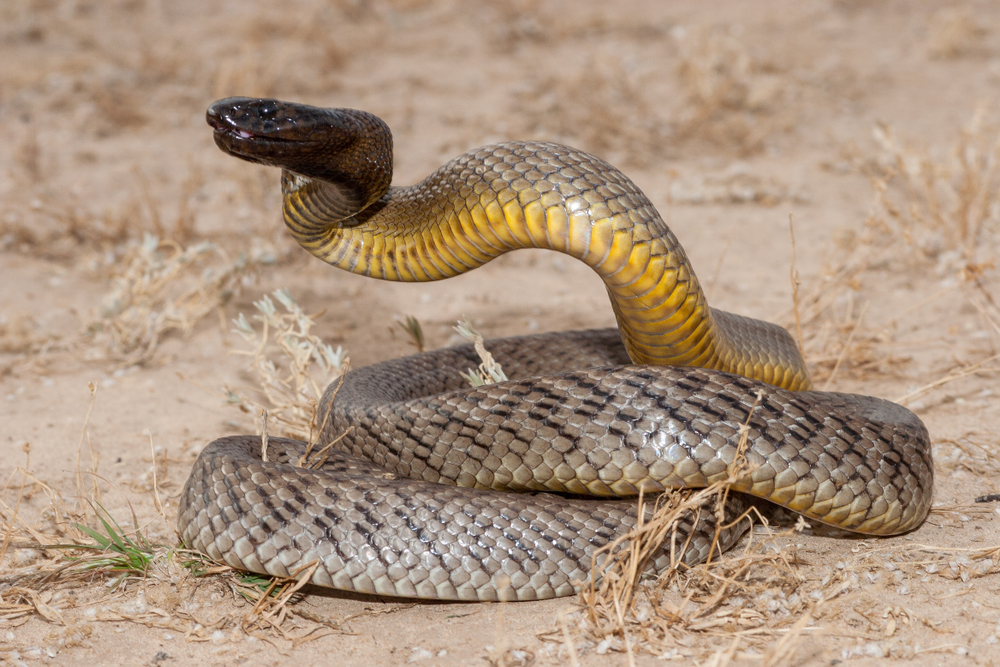
Known as the “fierce snake,” the inland taipan holds the title for the most venomous snake in the world. Its venom is a cocktail of neurotoxins, hemotoxins, and myotoxins that can kill a person in under an hour. Fortunately, this snake is reclusive and rarely encountered by humans. When threatened, it delivers multiple bites, each containing enough venom to kill several adults. Immediate antivenom treatment is essential, but the chances of meeting this snake in its natural central Australian habitat remain slim.
5. Bullet Ant Sting
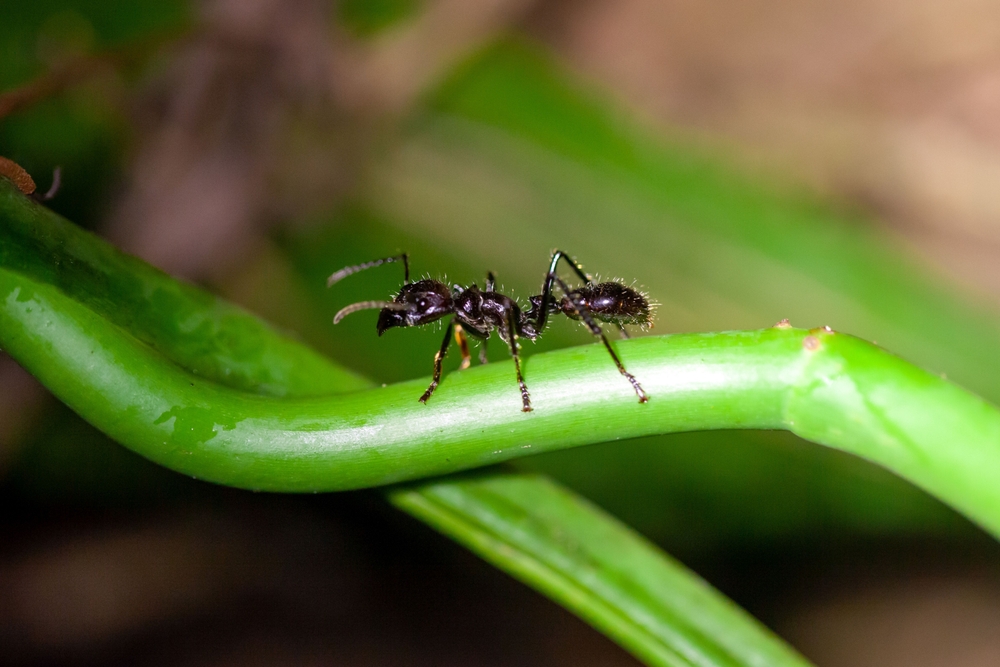
Imagine being shot. That’s how people describe the sting of the bullet ant. Residing in the humid rainforests of Central and South America, this ant’s sting induces waves of burning pain that can last for up to 24 hours. The venom, while not lethal, causes temporary paralysis and extreme discomfort. Known for their ritual use in indigenous tribes, bullet ants are a testament to nature’s ability to create creatures as fascinating as they are formidable. Keeping a respectful distance is advisable when exploring their territory.
6. King Cobra Bite
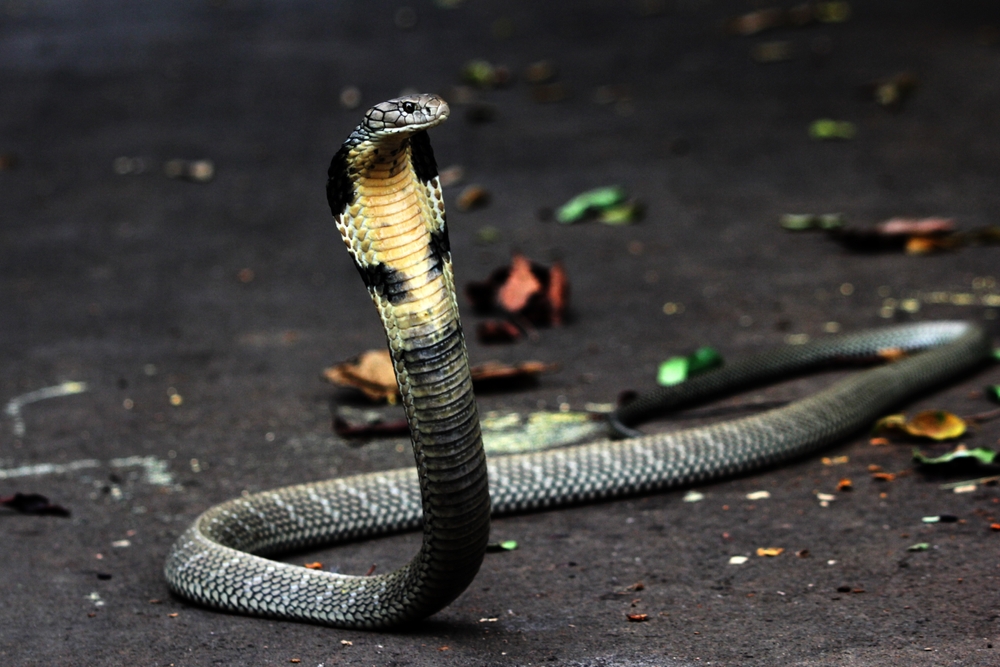
The king cobra is not just any snake; it’s the longest venomous snake in the world. Its venom is capable of killing an elephant in a single bite. Found primarily in the forests of India and Southeast Asia, the king cobra’s bite delivers neurotoxins that cause respiratory failure and cardiac arrest. Although its size and threat are intimidating, it typically avoids humans unless provoked. Respecting its space and understanding its behavior can prevent disastrous encounters with this serpent king.
7. Black Widow Spider Bite
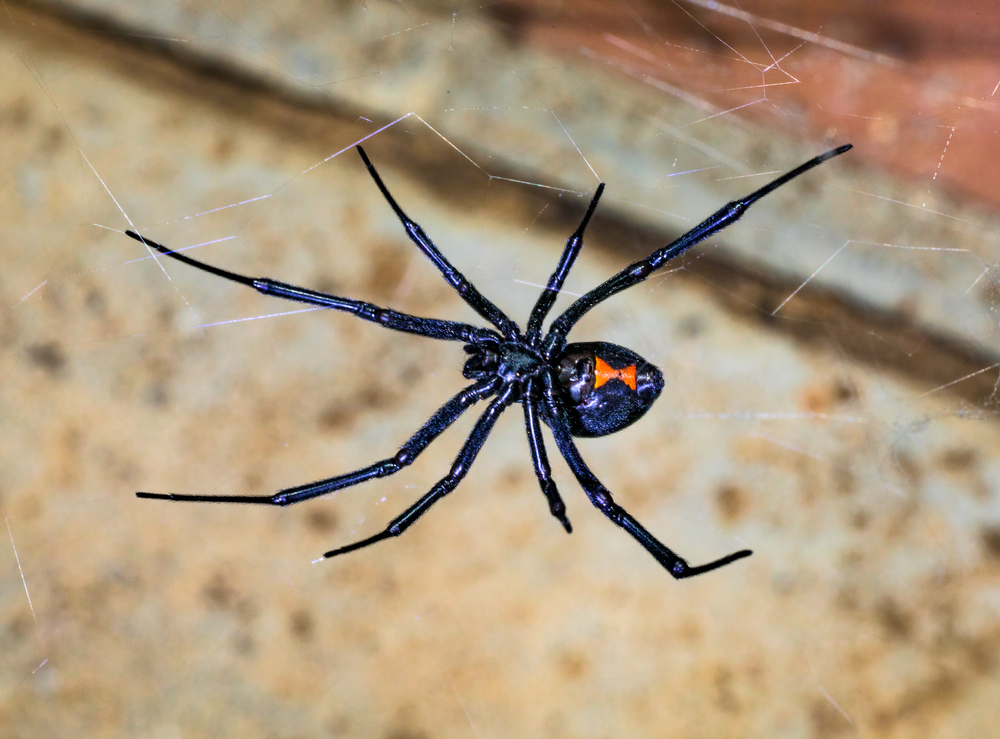
The black widow spider is a small but mighty adversary. Its venom is 15 times stronger than a rattlesnake’s, and while its bites are rarely fatal, they are incredibly painful. Symptoms include severe muscle cramps, spasms, and abdominal pain. Found across the globe, from North America to Australia, the black widow prefers dark, sheltered areas. Despite the fear they inspire, fatalities are rare due to the availability of antivenoms. Remaining vigilant and cautious in their habitats can help avoid unwanted encounters.
8. Cone Snail Sting
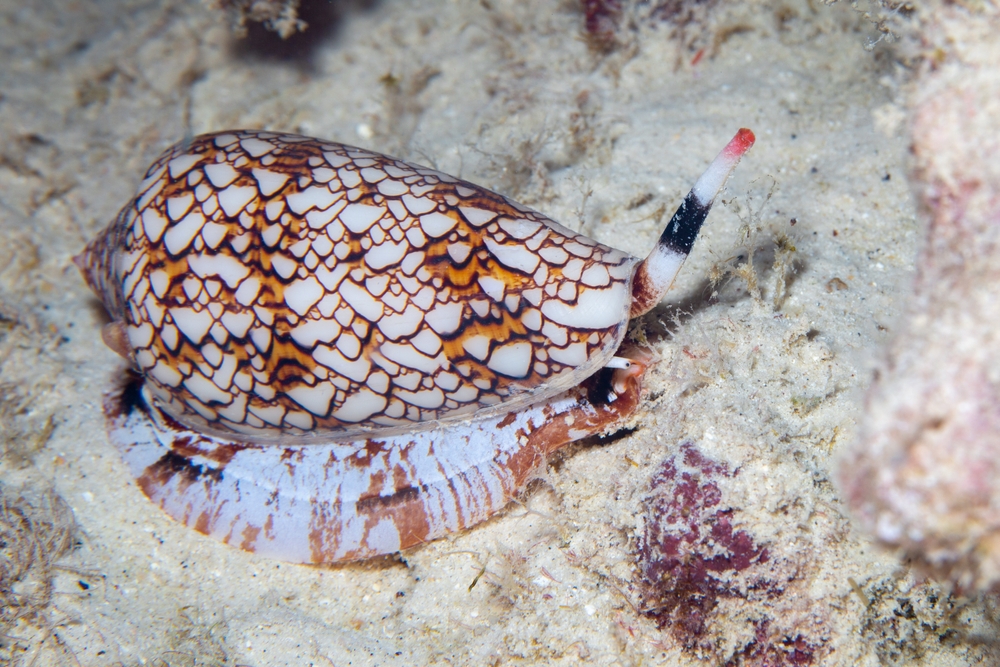
The cone snail, with its beautiful shell, might look harmless, but its sting is anything but. This marine snail has a harpoon-like tooth loaded with venom potent enough to cause paralysis, respiratory failure, and death. Found in tropical seas, its venom is a complex mix of toxins that can lead to paralysis within hours. There is no known antivenom, making immediate medical attention vital. Admiring these creatures from a safe distance is the best way to appreciate their beauty without the risk.
9. Funnel-Web Spider Bite
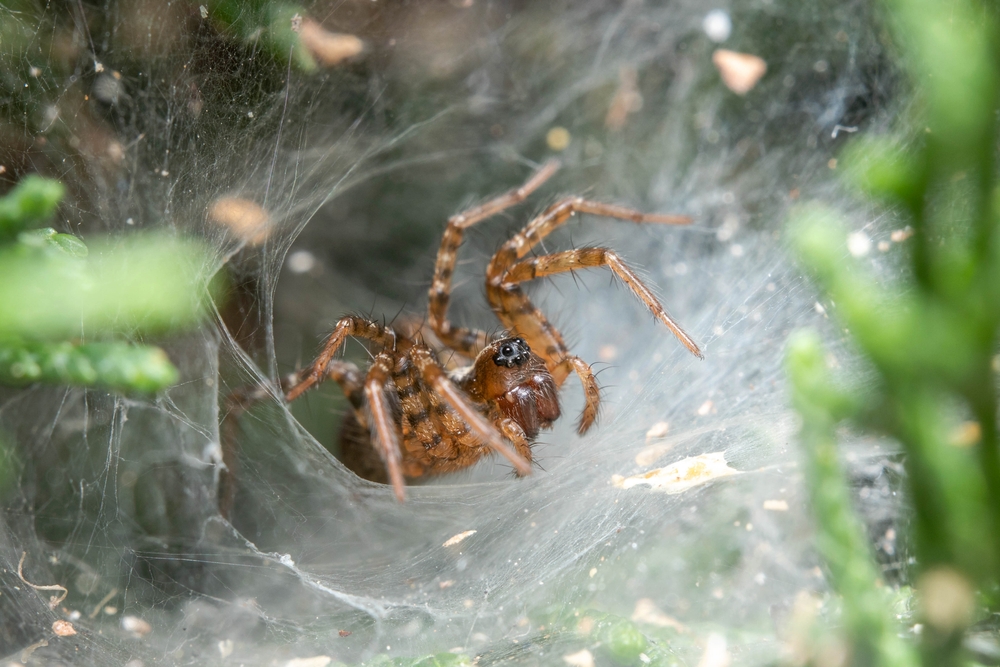
The funnel-web spider, native to Australia, is among the deadliest spiders on the planet. Its venom contains potent neurotoxins that can lead to death within hours if untreated. The bite itself is extremely painful and often accompanied by other symptoms like sweating, nausea, and difficulty breathing. While antivenom is effective, rapid treatment is essential. Despite their fearsome reputation, these spiders rarely venture indoors, so being cautious in known habitats can keep you safe from their menacing fangs.
10. Africanized Honey Bee Sting
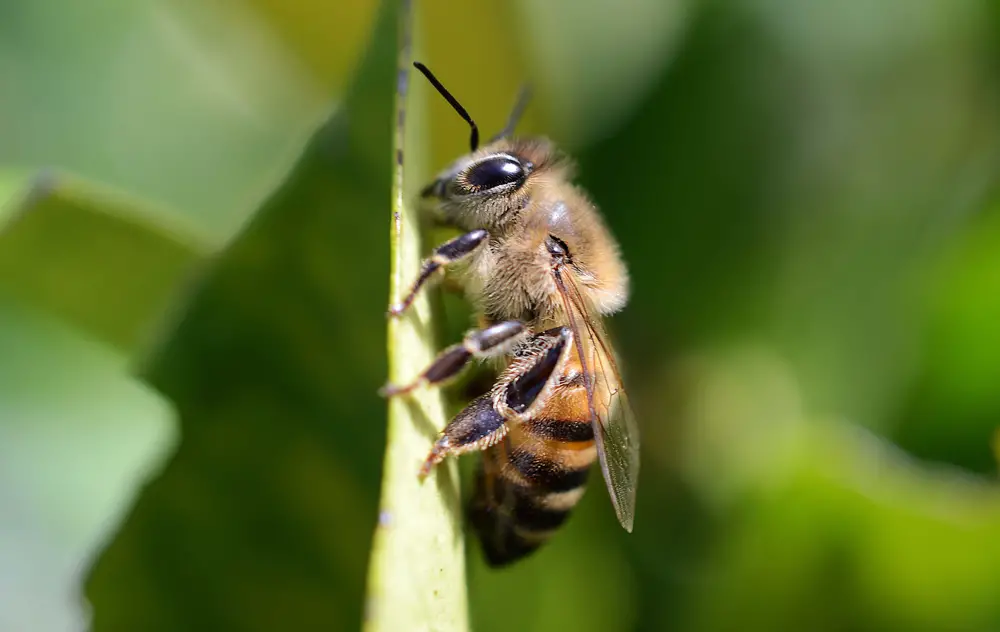
Africanized honey bees, also known as “killer bees,” are infamous for their aggressive behavior. Unlike regular honey bees, they attack in large numbers and can chase perceived threats for long distances. While a single sting is not more venomous than that of a regular bee, multiple stings can be lethal, especially for those with allergies. Their hives are often found in secluded areas, making them easy to disturb inadvertently. Awareness and caution are key when in regions where these bees are prevalent.
11. Sydney Funnel-Web Spider Bite
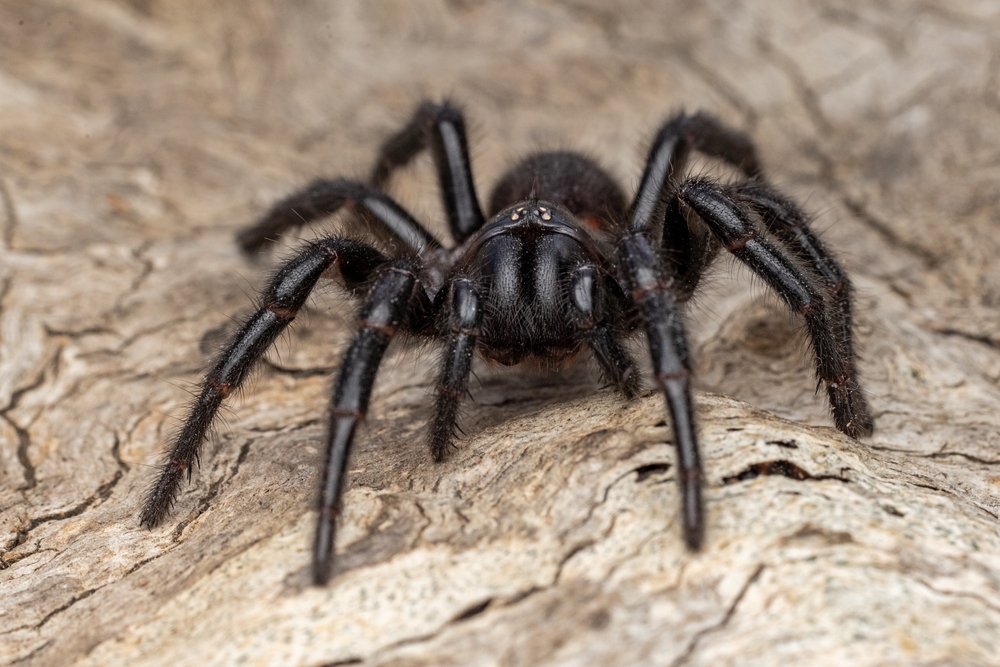
The Sydney funnel-web spider is notorious for its aggressive nature and potent venom. Native to Eastern Australia, its bite delivers a cocktail of neurotoxins that can cause severe symptoms, including muscle spasms, confusion, and respiratory failure. Despite its fearsome reputation, fatalities are rare due to the availability of effective antivenom. Nonetheless, the funnel-web spider remains a creature to be respected. Taking precautions when in their territory and seeking immediate medical care if bitten is crucial for safety.
12. Blue-Ringed Octopus Bite
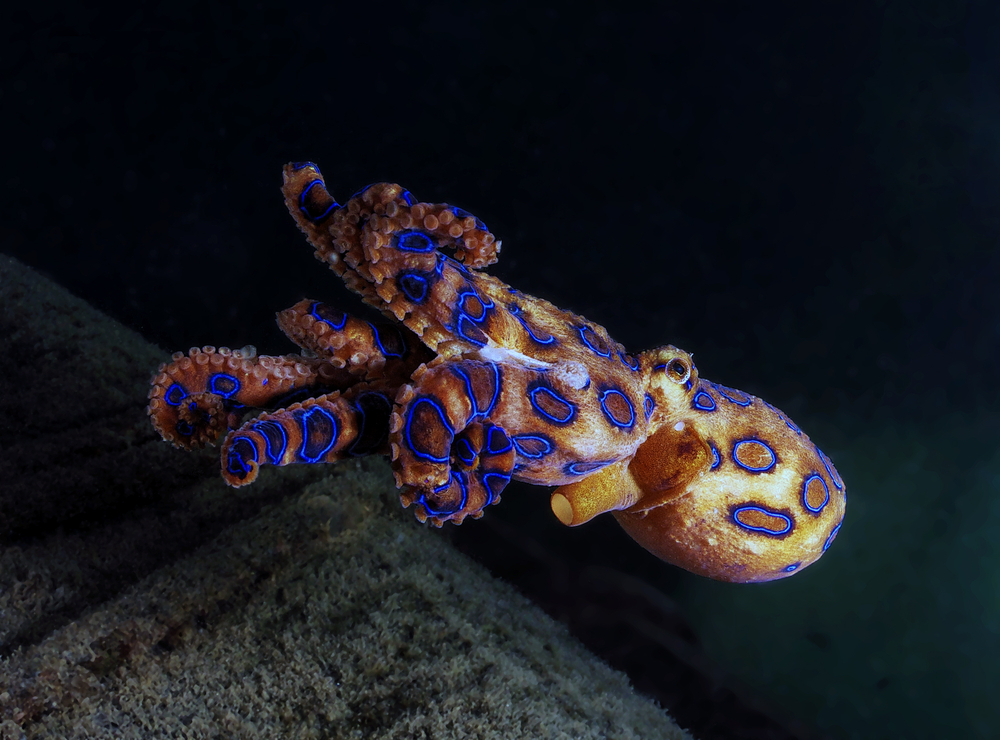
The blue-ringed octopus is a marvel of nature, with its vibrant blue rings warning of its deadly venom. Found in the Pacific and Indian Oceans, this tiny octopus harbors a toxin potent enough to kill multiple humans within minutes. The venom causes paralysis, which can lead to respiratory failure. There is no known antivenom, making prevention crucial. Admiring this creature from a safe distance is the best approach, allowing you to appreciate its beauty without risking a potentially lethal encounter.
13. Inland Sea Snake Bite
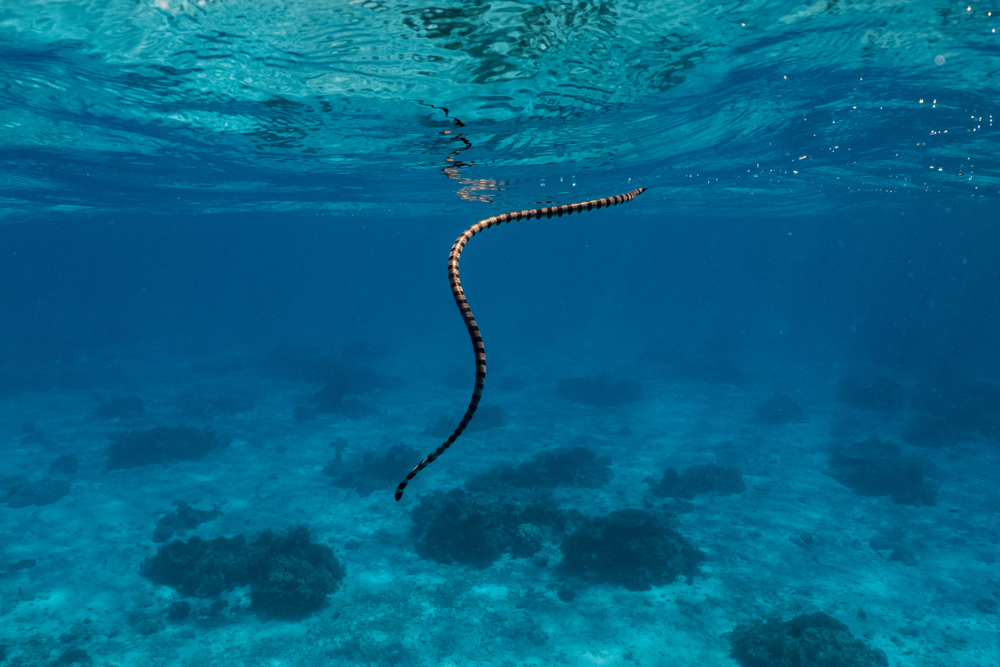
Occupying the waters of Northern Australia and Southeast Asia, the inland sea snake is a potent predator. Its venom contains toxins that can cause muscle pain, paralysis, and respiratory failure. Though bites to humans are rare, they should be taken seriously, as the venom can be lethal. Immediate medical attention and antivenom are critical in managing the bite’s effects. While the snake’s natural habitat is remote, staying informed and cautious when exploring these regions is essential for safety.
14. Deathstalker Scorpion Sting
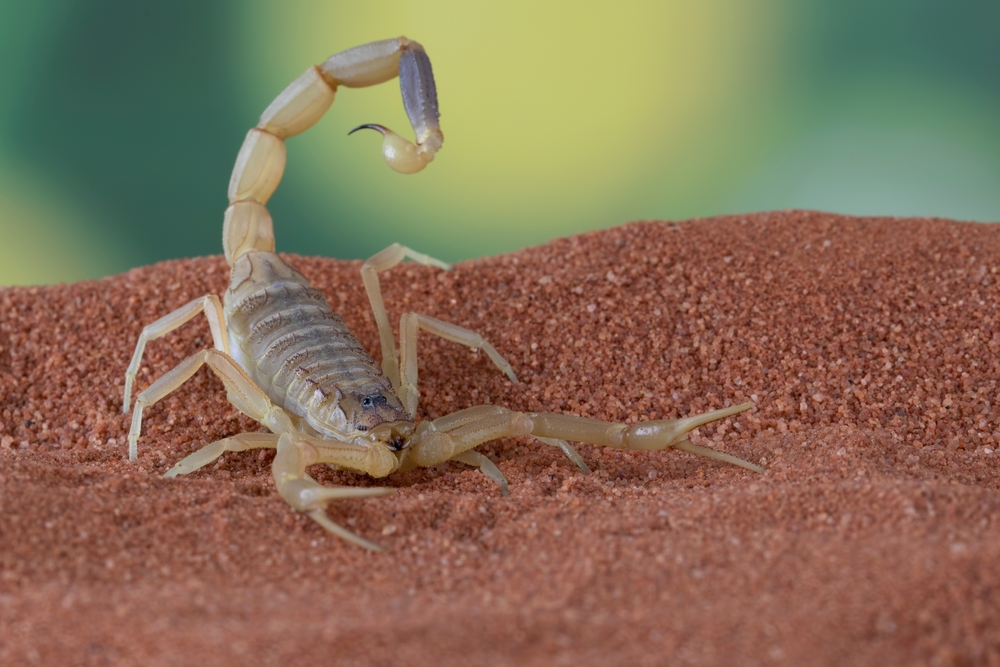
The deathstalker scorpion holds the title of one of the most dangerous scorpions in the world. Found in the deserts of North Africa and the Middle East, its venom is a potent mix of neurotoxins that can cause intense pain, fever, and convulsions. While fatalities are rare, those with allergies or weakened immune systems are at higher risk. The fearsome reputation of this scorpion makes it a creature to be both respected and avoided. Staying informed and cautious in its habitat can prevent life-threatening encounters.
15. Eastern Brown Snake Bite
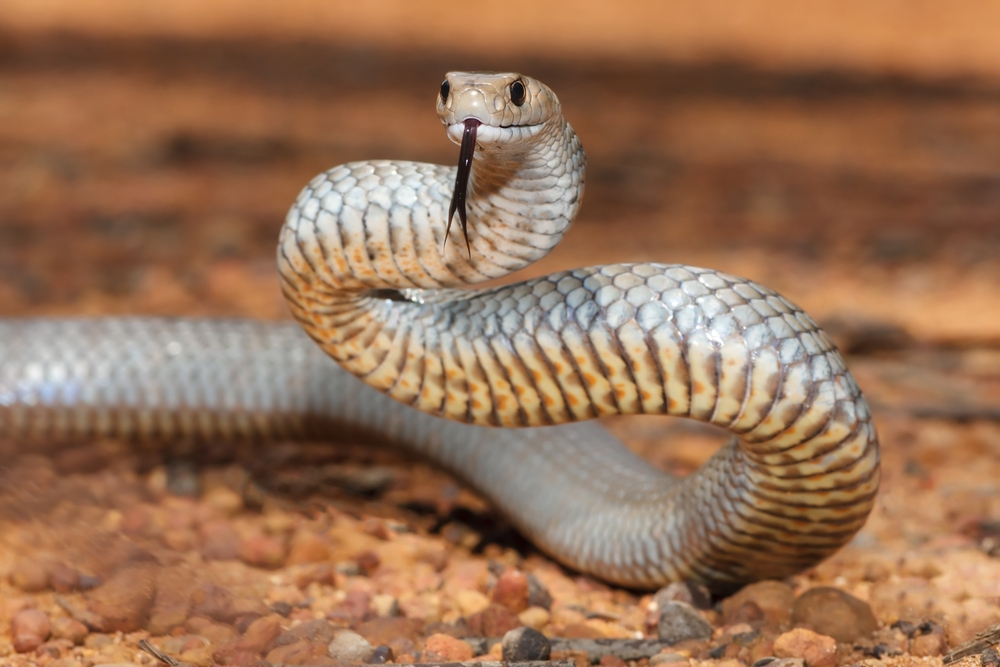
The eastern brown snake is a master of stealth, often encountered in populated areas of Australia. Its venom is highly toxic and can cause rapid blood clotting, leading to heart failure. Despite its aggressive reputation, the snake is shy and prefers to avoid humans. Encounters can be dangerous, though, and require immediate antivenom treatment. Awareness and caution, especially in rural and suburban areas where these snakes are common, can help prevent dangerous encounters with this slithering predator.
